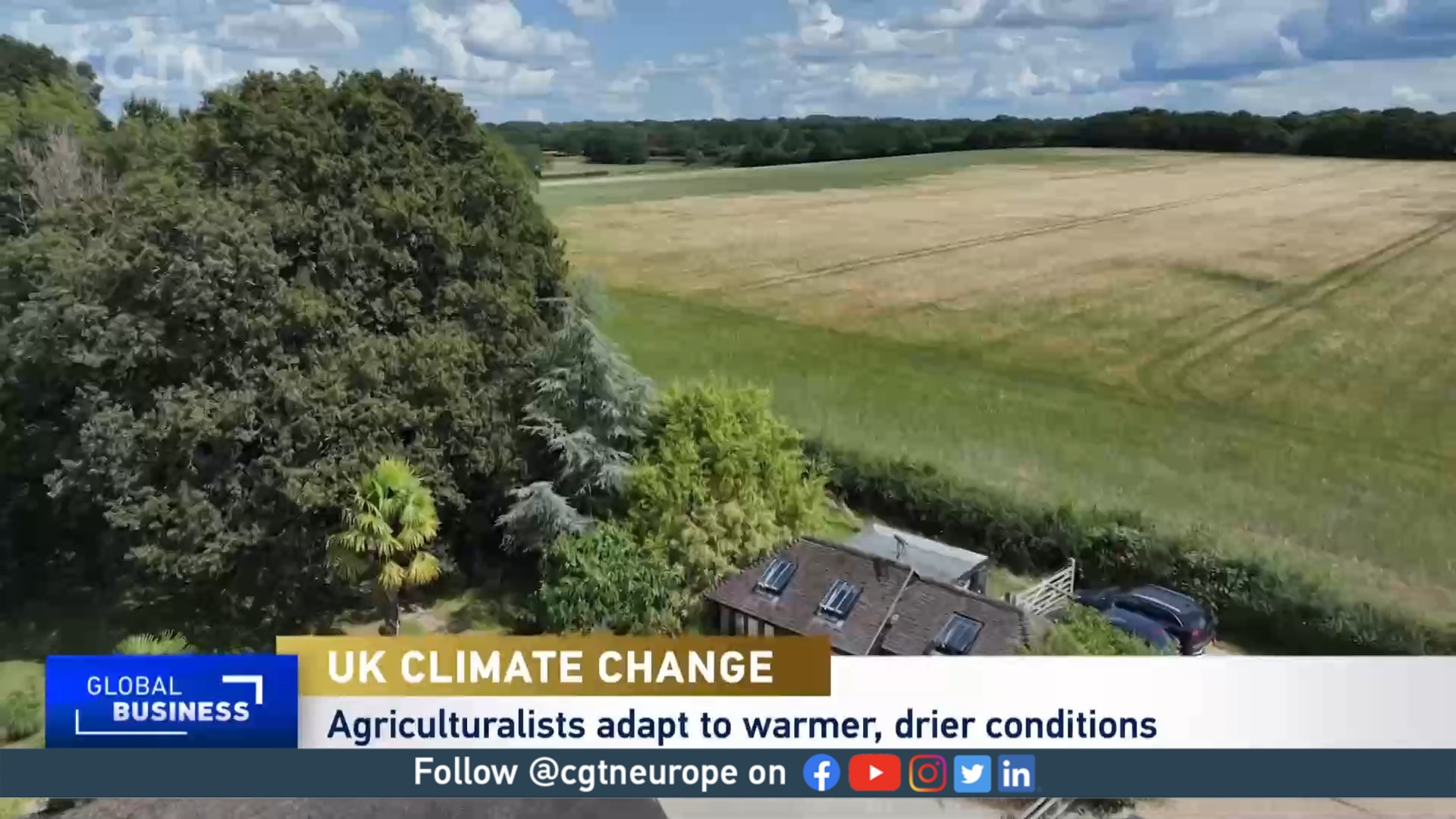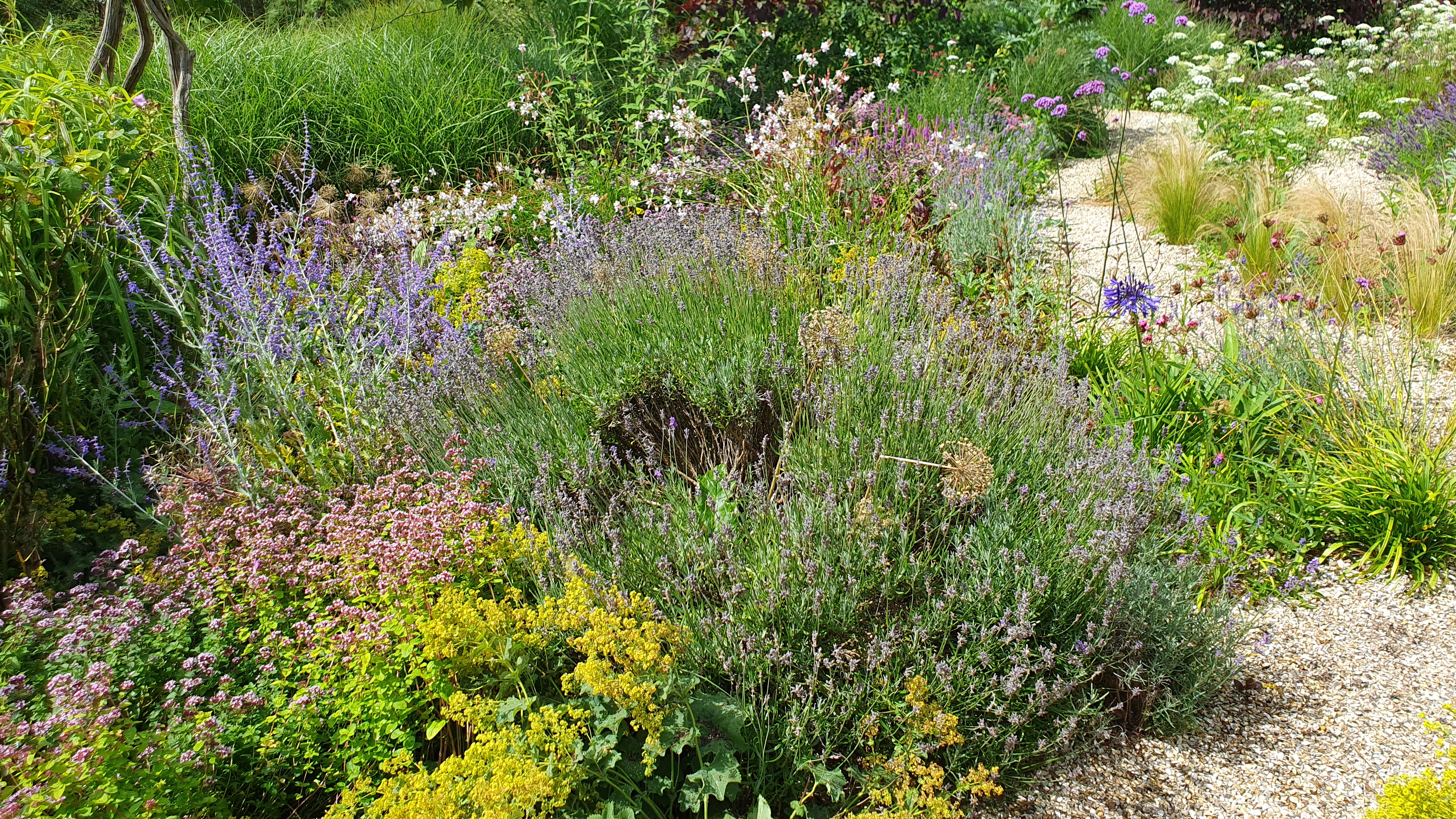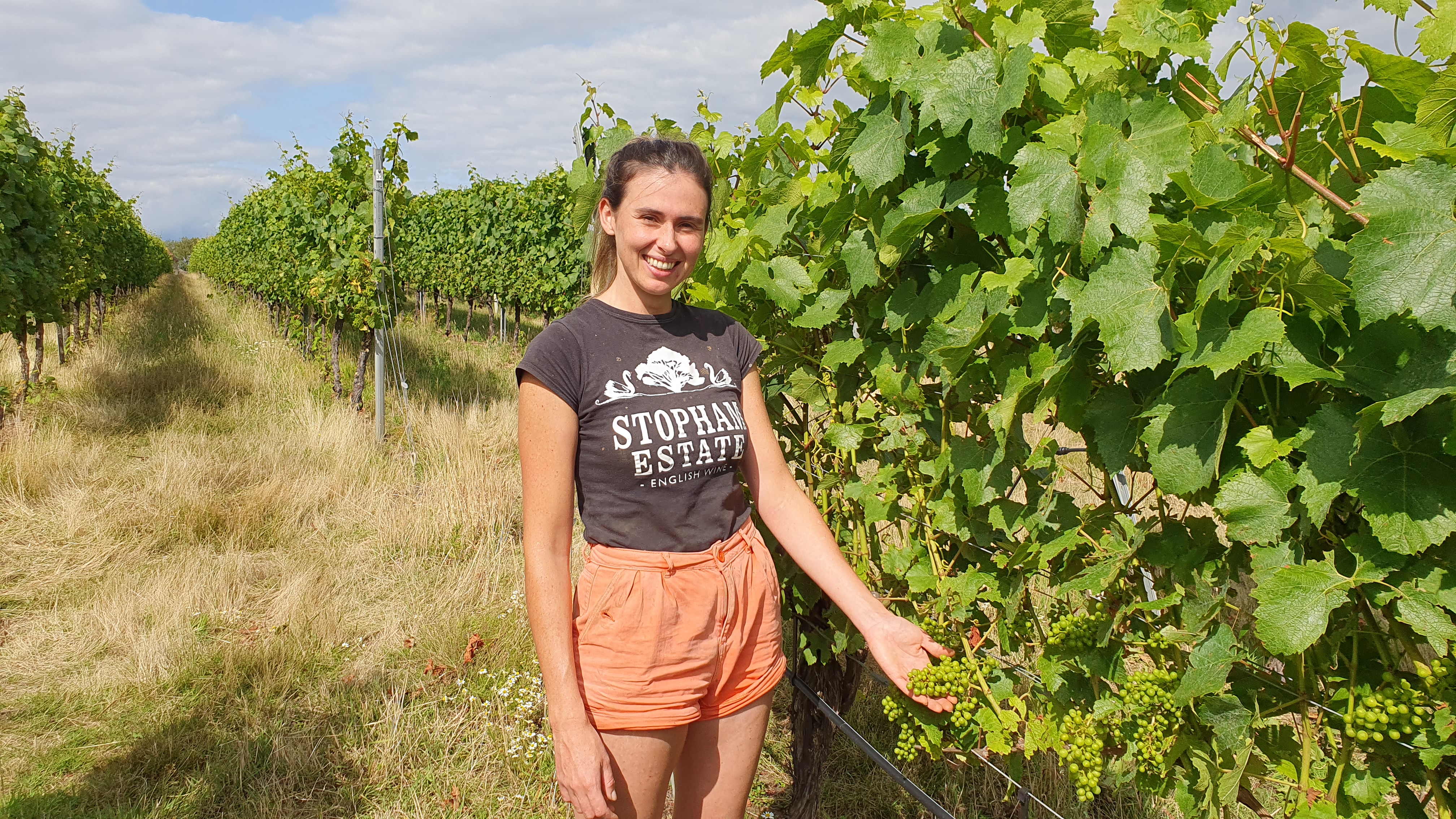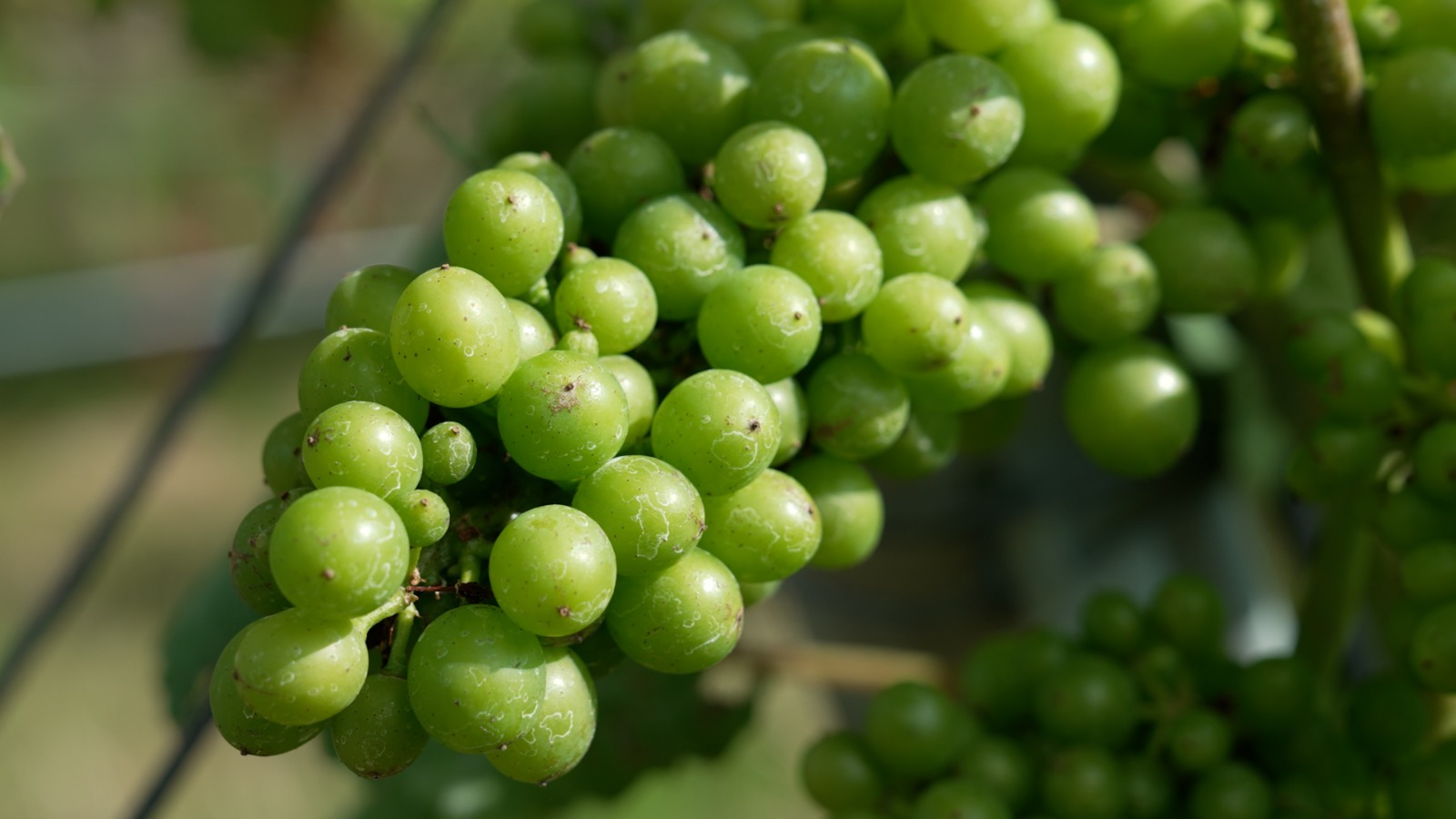02:51

The UK has so far escaped the worst of the record temperatures and droughts that have caused chaos across southern Europe. But, as last year's severe droughts showed, the country remains vulnerable to rising temperatures caused by climate change.
The southern counties of England are some of the driest and hottest parts of the country.
So, when garden designer Jane Gates moved into a converted black barn with two acres of land back in 2017 she wanted to include a drought tolerant garden.
READ MORE
Why is the EU considering banning cigarette filters?
Why heatwaves cause crime waves
UK investigates defense emails sent to Mali by mistake
It was a major project. She chose the sunniest spot in front of the house, which at the time was covered in concrete. Once the concrete was removed, she added grit to the clay soil beneath then covered it all with a rubber membrane to help keep the moisture in. Finally the top layer of gravel was added.
It wasn't cheap but the garden survived last year's drought and this year she hasn't had to water the garden at all.

Some plants that currently thrive in the UK are unlikely to survive if temperatures continue to increase. But others, such as this Lavender Hidcote, thrive in a warmer Mediterranean climate./CGTN.
Some plants that currently thrive in the UK are unlikely to survive if temperatures continue to increase. But others, such as this Lavender Hidcote, thrive in a warmer Mediterranean climate./CGTN.
Climate change impacts UK plants
"When I created this gravel garden I really had no idea how relevant it was going to be with the climate change and what is happening in our world now," said Gates.
Despite the success of her garden, there are concerns that many of the UK's most popular plants will be unable to survive if climate change brings hotter temperatures and regular droughts.
But there are some that can tolerate dryness more than others.
The purple Lavender Hidcote, which is popular with bees, thrives in the heat of a Mediterranean climate as does the flowering herb Oregano and the silver hairy-leafed Stachys that surrounds it.
There are also tall edible artichoke plants, along with the white flowered Gaura, the purple spikes of Perovskia and the butterfly loving Verbena.

Other beneficiaries of the warmer weather are vineyard owners. Adderley Pelly is the vineyard manager at Stopham Winery in West Sussex and says winemakers prefer drought as it means vines uptake less water, making the wine more concentrated in sugars and therefore sweeter./CGTN.
Other beneficiaries of the warmer weather are vineyard owners. Adderley Pelly is the vineyard manager at Stopham Winery in West Sussex and says winemakers prefer drought as it means vines uptake less water, making the wine more concentrated in sugars and therefore sweeter./CGTN.
'Winemakers like drought'
Southern England is also home to a growing number of vineyards, where free draining chalk and limestone soils are similar to many of the great French wine growing regions.
Grapevines have really deep roots so they can survive most droughts.
The warmer weather caused by climate change is helping to improve the quality of English wines and it's the dry weather and drought which is having the most impact.
Adderley Pelly is the vineyard manager at Stopham Winery in West Sussex which began planting vines back in 2007. Today it has around 21,000 vines growing six different varieties of grapes.

Stopham Winery has around 21,000 vines growing six different varieties of grapes, but this summer's cooler weather means the 2023 harvest won't be as prolific as last year./CGTN.
Stopham Winery has around 21,000 vines growing six different varieties of grapes, but this summer's cooler weather means the 2023 harvest won't be as prolific as last year./CGTN.
"Winemakers like drought because there is less water for the vines to sit in and less water for the wines to uptake, making the grapes more concentrated in sugars, thus sweeter and better for the winemaker," Pelly explained.
Stopham Vineyard produces around 35,000 bottles of wine a year. It's been a wet July so the 2023 harvest won't be quite as good as last year's vintage with its prolonged drought conditions.
Last year saw extreme heat and a severe drought across much of the UK, with many reservoirs almost running dry. A recent study by the UK Met Office suggests that the record-breaking UK heat experienced last year could be regarded as cool by the end of the century.
While drought tolerant gardens may become more common along with better quality English wines, these positives could be outweighed by the impact of prolonged severe droughts on agriculture and food supplies.
Subscribe to Storyboard: A weekly newsletter bringing you the best of CGTN every Friday